17
As someone who works with online material on a regular basis, I’ve observed an interesting arms race between two different artificial intelligence systems. Performing the duties of a digital detective, Originality.ai examines content in search of indications of writing that was generated by a machine.
On the other hand, Undetectable.ai appears to be meant to be a master of disguise, with the goal of making content created by AI appear indistinguishable from work done by humans and tricking Originality.ai. This ongoing conflict is a reflection of a bigger worry regarding the maintenance of authentic content on the internet, where it is becoming increasingly impossible to differentiate between what a human has written and what a machine has created.
Originality.ai vs Undetectable.ai: Comparison Table
In the constantly changing world of AI-generated material, making sure that it is real is very important. Originality.ai and Undetectable.ai are two opposed forces. Originality.ai protects against content written by AI, while Undetectable.ai tries to make it look like it was written by a person. This table gives you a quick look at their main features:
| Feature | Originality.ai | Undetectable.ai |
|---|---|---|
| Purpose | 📝 Content Originality Analysis | 🔍 Content Detection Evasion |
| Main Features | Plagiarism detection, content similarity analysis | Bypass plagiarism detection, evade content analysis |
| Detection | ✅ Detects plagiarism and content similarity | ❌ Designed to avoid detection |
| Accuracy | ✅ Provides accurate originality analysis | ❌ Focuses on evading detection, may not prioritize accuracy |
| Integration | ✅ Integrates with various platforms | ✅ Integrates with different tools and systems |
| File Formats | 📄 Supports multiple file formats | 📄 Compatible with various file types |
| Use Cases | 🎓 Academic writing, professional content creation | 🕵️ Avoiding plagiarism detection, circumventing content analysis |
| Official Website | Visit Website | Visit Website |
Originality.ai vs Undetectable: Features and Functionality
A statistical examination of the text, including the frequency of words, the distribution of sentence length, and the usage of punctuation, among other statistical elements of the text. In certain regions, it is likely that the text that is generated by AI will exhibit patterns that are not typical. Consider, for instance, the possibility that the frequency of words is uniformly spread across a wider vocabulary, as opposed to focusing on terms that are often used, as occurs in the case of people.
In order to uncover any grammatical errors, sentences that do not make sense, or problematic sentence patterns that may have evaded the attention of artificial intelligence language models, it is necessary to perform a comprehensive evaluation of the text.
Originality.ai vs Undetectable: Pricing Models and Affordability
This is the detective you should consult. Like a free plagiarism checkers, but with a twist: it can identify content that was created by artificial intelligence. This is an excellent tool for performing periodic inspections, particularly when you are just beginning a project or need to verify a basic one. If you need to review a significant amount of content on a regular basis, they offer subscription plans.
This one, on the other hand, is active on the opposite side of the law (well, actually, not literally). It functions similarly to a covert agent for your artificial intelligence material. They take the text that was generated by your AI and attempt to make it appear as though it was authored by a human in order to avoid being discovered by other AI checkers. If you want your material that was created by AI to fit in effortlessly, this could be appealing; nevertheless, you should be careful because the quality could suffer as a result.
Originality.ai vs Undetectable: Accuracy and Performance
The quality of being original.ai works as a barrier to protect against content that was written by AI. When I use it to check a variety of texts, it frequently identifies things that could be generated by artificial intelligence. As AI writing tools continue to grow, it appears to be continuously improving, which is an essential development.
On the other hand, Undetectable.ai appears to be primarily concerned in being able to fool checkers. Despite the fact that it may be able to circumvent some fundamental tools, I’ve discovered that Originality.ai is able to easily identify its attempts to imitate human writing. The situation is similar to that of Undetectable.ai putting on a terrible disguise, and Originality.ai being specifically trained to recognise it.
Originality.ai vs Undetectable: Content Originality
The ever-present threat of plagiarism is a significant obstacle to overcome. When it comes to preventing cheating, plagiarism detection technologies are extremely important; nonetheless, depending completely on them can be challenging. Even when acknowledging sources in the correct manner, these algorithms may occasionally identify terms that are already well-known or common knowledge. It is possible that this will be frustrating since it will discourage citing relevant research and building upon insights that have already been discovered.
Imagine how frustrating it would be to spend weeks researching a subject, only to get flagged for mentioning a fact that is well known or for utilising a specific term from a scholarly source that you have successfully cited. It is possible that this will cause you to be reluctant to participate in the academic conversation and to build upon the activities of others.
Originality.ai vs Undetectable: Customer Support and User Experience
In my experience, the package provided a sufficient quantity of materials for self-help. Because there were clear instructions and tutorials available, I was able to troubleshoot problems on my own most of the time. Knowing that customer service appeared to be responsive in the event that I were stuck was another reassuring thing to know.
On the other hand, there was a lack of information regarding the channels via which help might be contacted. It was difficult for me to locate information regarding how to get in touch with them directly, whether it was by live chat, email, or the phone. In the event that I required rapid assistance, the lack of clarity made the situation somewhat aggravating.
Originality.ai vs Undetectable: User Feedback and Reviews
The fact that this product is not only effective but also easy to use is the reason why it consistently receives positive feedback from customers. Users are delighted with its ability to perform what it was supposed to do, and they find the user interface to be straightforward and simple to operate despite its complexity.
In a couple of the evaluations, concerns have been made about the situation. Despite the fact that there are reports that indicate that there are restrictions in effectively overcoming highly advanced detection systems, there is a cause for concern regarding the possibility that the product could be exploited.
Originality.ai vs Undetectable: Security and Data Privacy

Several contradictory aspects are presented by this company. Despite the fact that it places a high priority on data security by utilising robust encryption technologies, which protect information from being accessed by unauthorised parties, it does not disclose its data privacy practices in an open and honest manner.
Because it’s not clear, users don’t know how their data is collected, used, and maybe even shared. On the other hand, strong encryption protects the data itself. However, users can’t know what data is being taken, why, or with whom it may be shared if there isn’t transparency. People may be very worried about this lack of openness because it makes them think that their privacy might be invaded.
Which is Better?
Originality.ai is a great way for me to make sure that the things I write or study are truly original. It makes me feel better to know that I’m not using copied work by chance.Undetectable.ai, on the other hand, makes me feel a little uncomfortable. It might be tempting to use something that gets around plagiarism checks, but trying to avoid being caught at all costs is a bad idea. From what I’ve seen, the best way to be sure of authenticity is to use material that reads naturally. It’s better to spend time writing well-informed pieces than to rely on tools that hide text that was written by AI.
If you find this post to be both helpful and significant, then you should consider sharing it with your loved ones and close friends.
Originality.ai: The Good and The Bad
In the growing world of AI-generated text, Originality.ai stands tall as a champion of real content creation. This AI tool isn’t just messing around; it’s here to find content that was written by AI and protect the value of human writing.
The Good
- Promotes original content creation
- High accuracy in AI detection
- User-friendly interface
The Bad
- Free plan has limitations
- May not capture all sophisticated AI-generated content
Undetectable.ai: The Good and The Bad
The road that Undetectable.ai takes is clouded with controversy. It says it can rephrase AI-generated content to possibly avoid being caught, but ethical concerns make it hard to see what its real goal is. This study breaks down the possible pros and cons of Undetectable.ai, which starts a critical conversation about how to use AI responsibly.
The Good
- May bypass some basic AI detectors
- User-friendly interface
The Bad
- Ethical concerns regarding potential misuse
Questions and Answers
When it comes to avoiding AI plagiarism checkers, is it morally acceptable to employ Undetectable.ai?
Attempting to pass off anything generated by artificial intelligence as original work is not only immoral but also threatens the credibility of academic work.
Exist any methods that can be utilised to enhance the originality of content?
Yes, you should prioritise conducting extensive research, adding your own observations and criticisms, and acknowledging sources in the appropriate manner.
Which platform is better suited for academic use or content creators?
Originality.ai or Undetectable should be chosen based on the user’s wants, their budget, the features they want, and how well they work with their current processes. Users may want to try out both platforms or look at free versions to see which one meets their needs best.
You Might Be Interested In
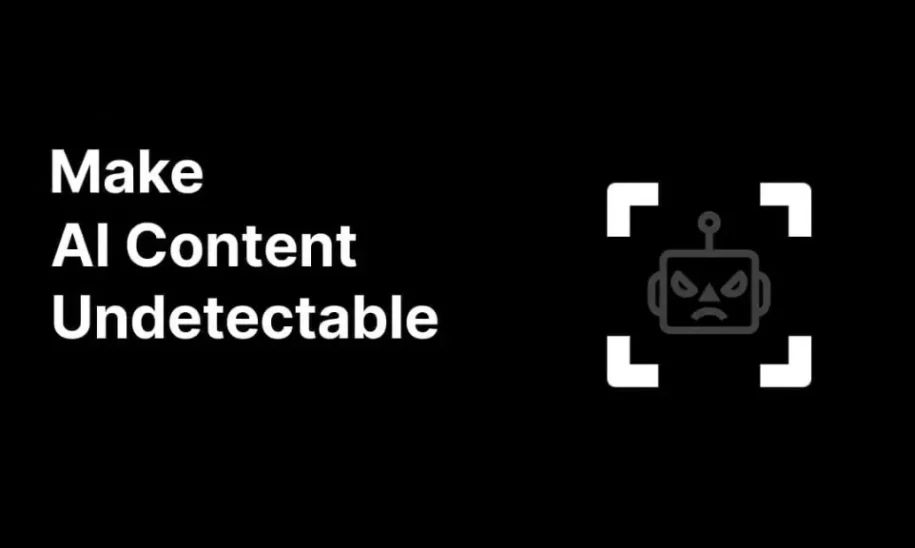
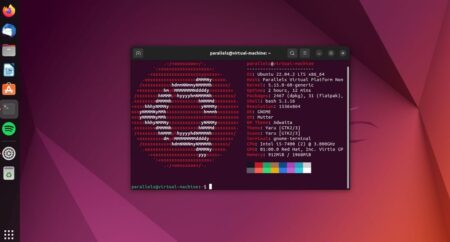
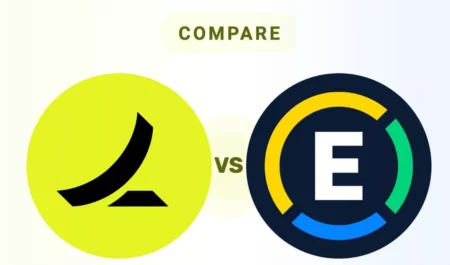




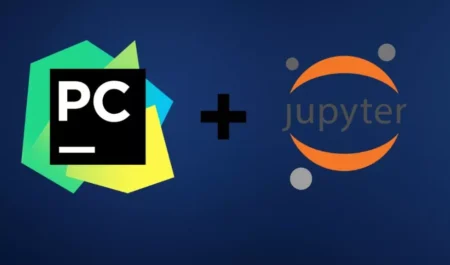
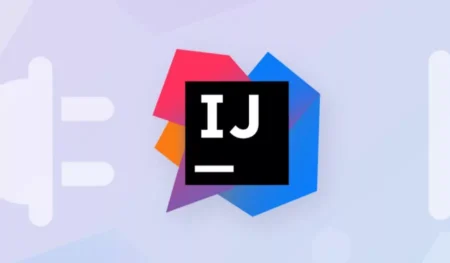

Leave a Reply